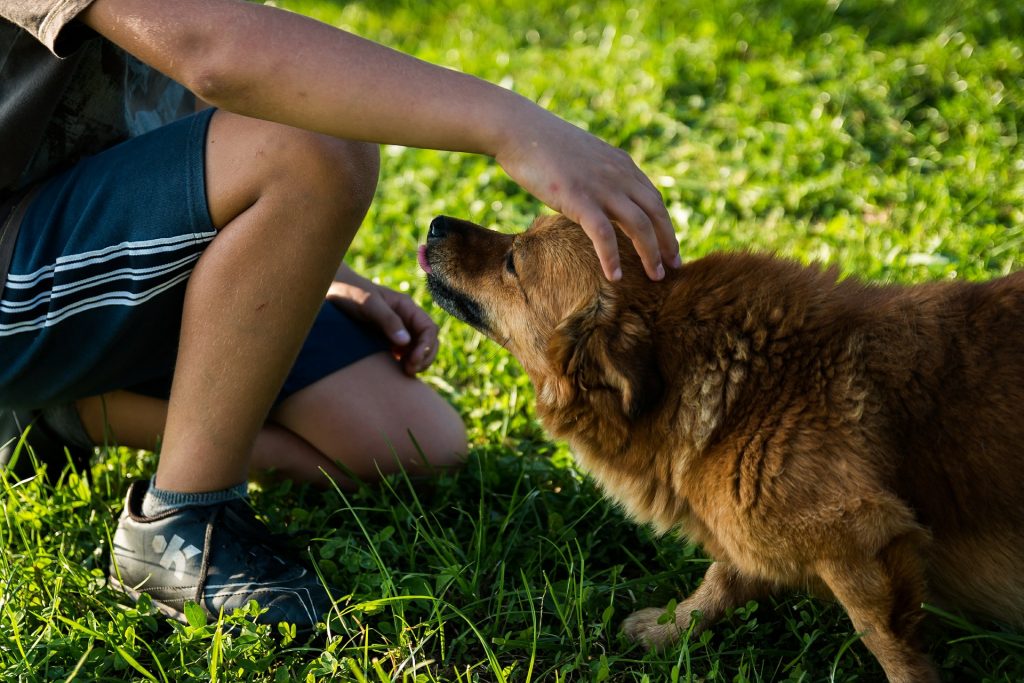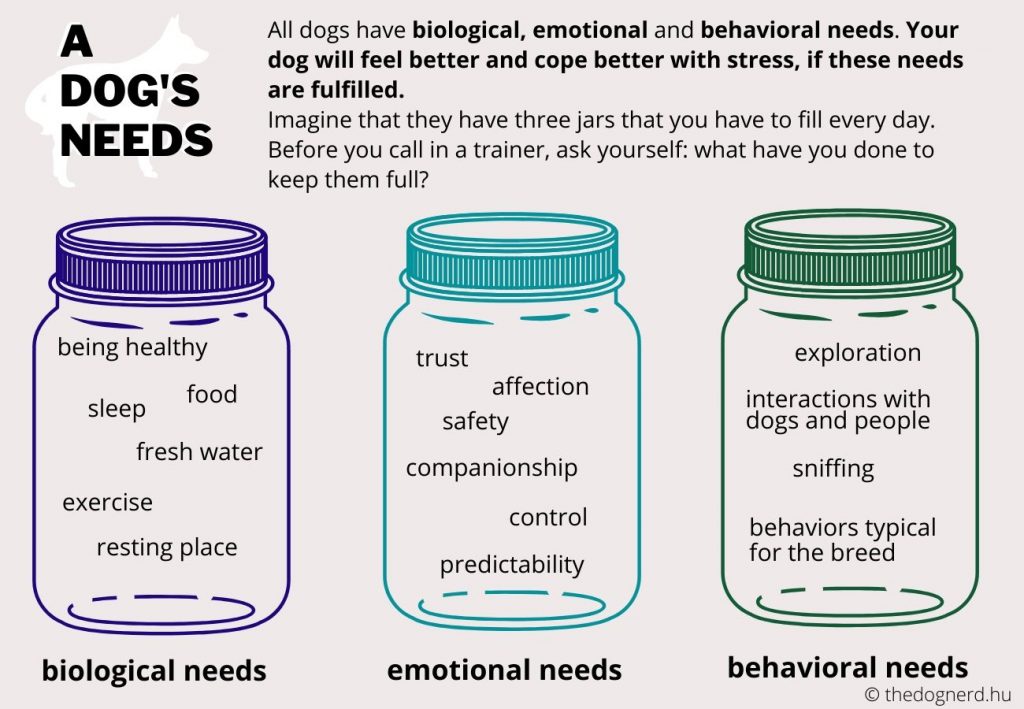The internet seems to have an endless supply of “cute” dog videos, especially involving children. While the audience usually reacts with hearts and likes, most dog professionals watch them with a sense of dread. And then there are the “shocking” videos, where the dog bites “out of nowhere”. Dogs never bite out of the blue – and this is what this post is about.
Here are some USA statistics about dog bites:
80% of dog bites happen at home
77% of victims are either a family member or a friend
69% of bites to children occurred at home when there was no adult present1.
51% of all dog bites are to children aged 12 and younger
Luckily for us, based on the review of current studies, you can effectively prevent dog bites if you educate peaople about responsible dog guardianship. Let’s dive in!
So why do they bite?
Let’s think about dogs for a second: they value personal space, communicate with very subtle signals and most of them thrive on predictability. If you add children to the equation you get quite the opposite:
- Children can’t read canine body language, especially the more subtle signs.
- They are likely to look for clues on the dog’s face, often approaching them frontally.
- Children have yet to learn about respecting others’ boundaries.
- They behave unpredictably and make a lot of noise (which is an additional stressor for most dogs).
- Children often have toys that the dogs might be interested in or try to take the dog’s toys.
- It takes time for children to develop motor skills and they can be quite rough when they handle dogs.

How can you help your dog?
In order to have a peaceful household, you must consider all the family members living there. I talk about the dogs here, and you can read about children in the next one. The most important thing to keep in mind is that a household with a child is naturally more stressful than without one – not just to the dog, to the parents as well! As usual I will advise you to help your dog cope with stress.
Fulfill their needs
To begin with, make sure that your dog’s welfare needs are fulfilled2.
 Protect them
Protect them
You can’t always keep an eye on everything or constantly train and you shouldn’t have to. And when you’re done with the chores, I’m sure you’d like to sit down and relax from time to time. Management is your best friend:
- use baby gates or other physical barriers where needed
- never leave your dog and children unsupervised
- provide a place where the dog can rest undisturbed
- make sure they get enough sleep (if you have a child you will know exactly what I mean, it’s the same for dogs)
- offer activities that your dog enjoys for their own sake (relaxed walks, interactions with their dog buddies, nosework, games… whatever your dog likes)
- learn to recognize early signs of discomfort so that you can intervene before the situation escalates
Train them
You can train “barrier clicking” with your dog. In this technique you create a physical line (for example with a colourful piece of string) to help your dog and your child with boundaries. It can be placed around the dog’s resting place or your child’s play area, as a visual cue that they should be left alone. Then train them not to cross it3.
You can also teach your dog to relax – establish a signal meaning “nothing is happening, you can relax” (learn more from Grisha Stewart or from Dr. Ute Blatschke-Berhtod, or drop me a line if you’d like me to write about it).
And remember, just because your dog is patient and tolerates all kinds of things the child does with them is not a reason to let it happen. Your dog has the right to feel comfortable at home, as do you and all your family.
- Kahn, A., Bauche, P., & Lamoureux, J. (2003). Child victims of dog bites treated in emergency departments: a prospective survey. European Journal of Pediatrics, 162(4),254-258.
- On the linked website you can find a more detailed description of all those needs as well as a list of studies on this topic.
- Message me if you’d be interested in a Hungarian language tutorial!
